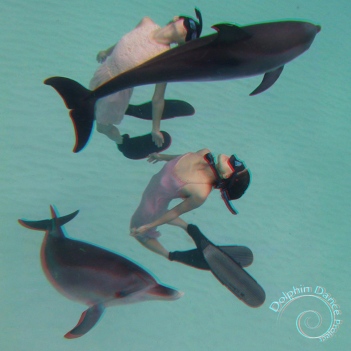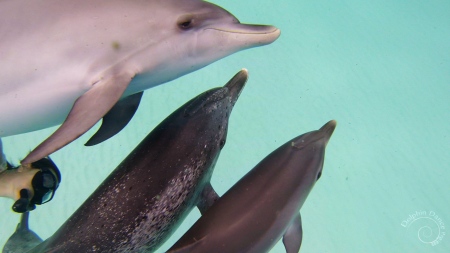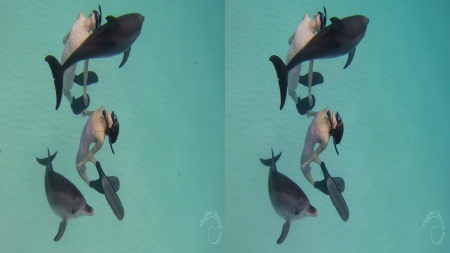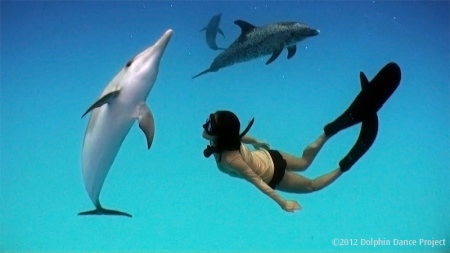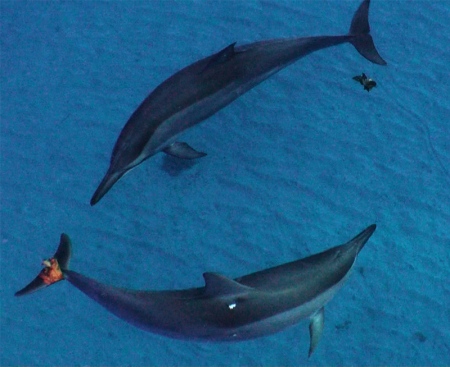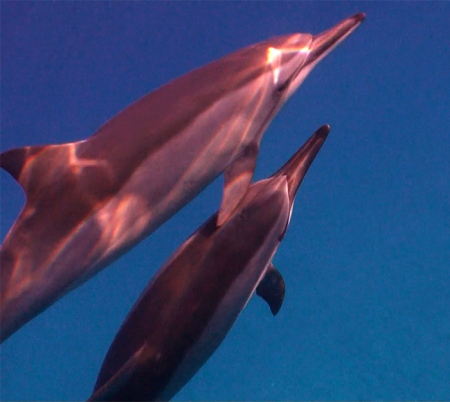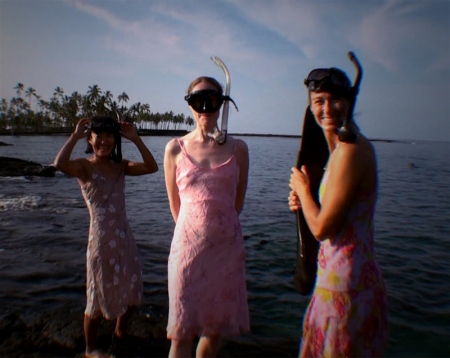Come See Dolphin Dance in 3D
on The Big Screen in NYC!
Sunday, December 7th at noon and 2pm
Tickets HERE
We are excited to announce a unique opportunity to see our most recent 3D work projected in a big screen theater!
The program will include a pre-release preview of Dolphin Dreams* shot by Emmy Award-winning underwater cinematographer Howard Hall with an original score by Grammy Award-winning composer and cellist David Darling.
We will also preview several short 3D films featuring our full cast of beautiful dolphin dancers: Kathleen Fisher, Yuki Kusachi, Jillian Rutledge and Kayoko Sawamura.
Several talented members of our ‘pod’ of NYC dancers – Carly Czach, Elise Knudson and Tim O’Donnell – will grace the stage for a live performance amongst virtual dolphins.
Let’s fill the house! One of the most valuable things you can do to support us right now is to share this event with anyone you think might enjoy the show.
The one hour program will be presented twice:
SO CLOSE 3D: DANCE WITH WILD DOLPHINS
Sunday, December 7th
Screenings at NOON and 2 pm
SVA Theater
333 West 23rd Street
TICKETS are $10 in advance, $15 at the door. FREE for children under 16 when reserved in advance.
The Dolphin Dance Project works only with wild dolphins in the open ocean. We follow a strict code of etiquette, and we never feed, train, or coerce dolphins in any way. The dolphins’ paricipation is motivated only by curiosity and the joy of interacting with another intelligent species – just like the human dancers. Since dancing underwater is dangerous, the human dancers are highly trained.
*It’s not too late to support the finishing of “Dolphin Dreams”. Even if you can’t join us at this screening, for a donation of $50 or more, you will receive a DVD of the film, when it is completed. Donations can be made at checkout when you purchase your ticket, or at our website, where you can also see a full list of perks. Thank you!
Co-produced with Dance Films Association, with support from Artist as Citizen.
So Close 3D is made possible in part with public funds from the Fund for Creative Communities, supported by New York State Council on the Arts with the support of Governor Andrew Cuomo and the New York State Legislature and administered by Lower Manhattan Cultural Council, as well as funds from the Manhattan Community Arts Fund, supported by the New York City Department of Cultural Affairs in partnership with the City Council and administered by Lower Manhattan Cultural Council. LMCC.net



